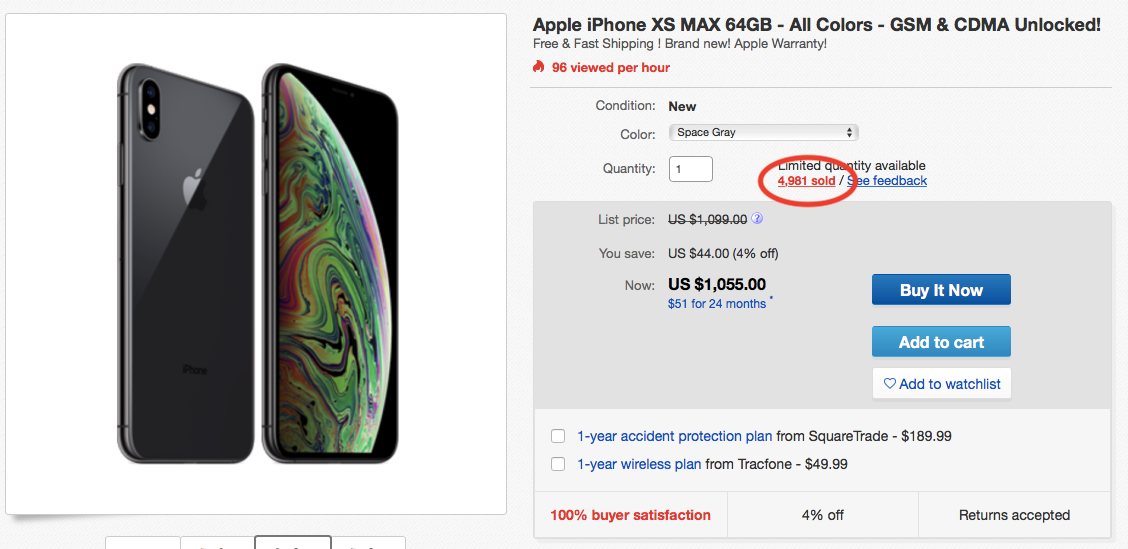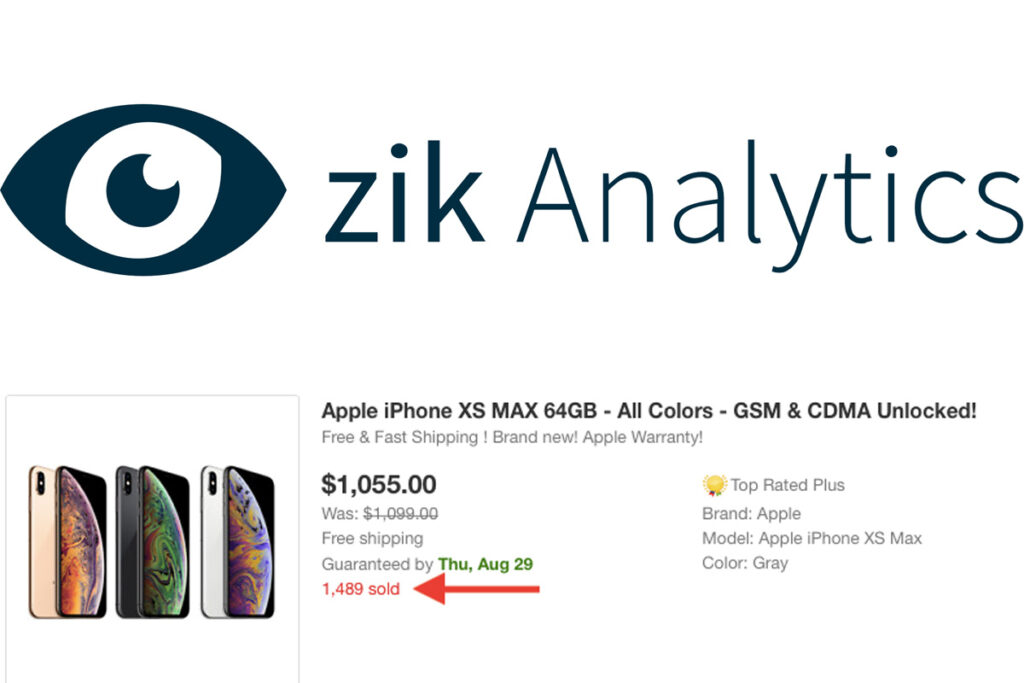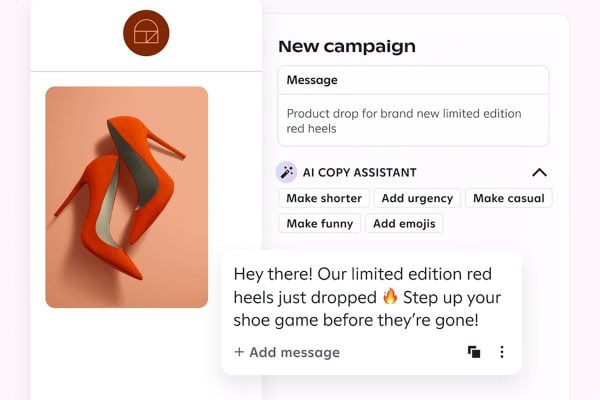Whether you are existing eBay seller or are just starting to learn how to sell on eBay, this guest post from Nahar Geva of Zik Analytics will provide you with the necessary steps to conducting proper eBay product research.
To understand how to conduct eBay product research and find items with high chances of selling, you have to consider two different things:
- Supply and demand
- eBay’s algorithm
In order for you to be successful at selling on eBay, you need to understand the importance of each of these aspects and how they will affect your decision making.
Let’s dive into the details of each.
Supply and Demand
Supply and demand is the basic rule of economics in trading. This applies to ecommerce businesses in the same way it applies to all markets in the world – from the traders at the local food market to the stock market traders of Wall Street.
When looking at the behaviour of supply and demand and how these economic factors contribute to pricing, you need to understand the following:
- When demand is high and supply low, the price goes up.
- When supply is high and demand low, the price goes down.
This means that when it comes to selling on eBay, you want to look for items with high demand. This will allow you to charge a high price.
Fortunately, this data is readily available to us on eBay. Just search through your product category and look for products with a high “sold” count.

Next, click the listing, and click the “sold” button on the listing page.

This will give you a look at the selling frequency of the product. To find products with high demand, look for anything that sells more than 10 times within a 30 day period.
Once you find a high demand product, it’s time to look at the competition!
To determine how competitive a particular product is, you need to look at how many similar products are selling on eBay.
If there aren’t many sellers for a product and the product has high demand, this means you’ve found a good opportunity.
eBay’s Algorithm
When you’re selling on eBay, you’re essentially selling on an ecommerce search engine. Because of this, it’s important to understand the difference between selling offline and selling in a search engine.
When selling online or offline, the objective is the same – get as much relevant traffic to your store as possible.
The thing is, the application of these rules is a bit different when selling online.
When selling on eBay in particular, There are the three main things that will affect your product’s search rankings:
- SEO title and description
- Price
- Seller performance
So, what do you need to do with these in order to get as much traffic to your listings as possible?
- Step 1 – Pick the right product. Follow the steps above where we discuss supply and demand.
- Step 2 – Make sure we can sell the item at around the same price or less than what our competitors are selling it for.
- Step 3 – Write a better title and description than your competitors.
If you pay attention to the details in each of these steps, you’ll have a greater chance at beating your competitors.
Selling on eBay is simple when you follow these basic rules. You just need to have patience when you are looking for products to sell and not jump on every opportunity you find.
Don’t compromise by going after average or below average opportunities. There are plenty of high-demand, low-competition items that you can sell for profit. You just need to take the time to find them.








